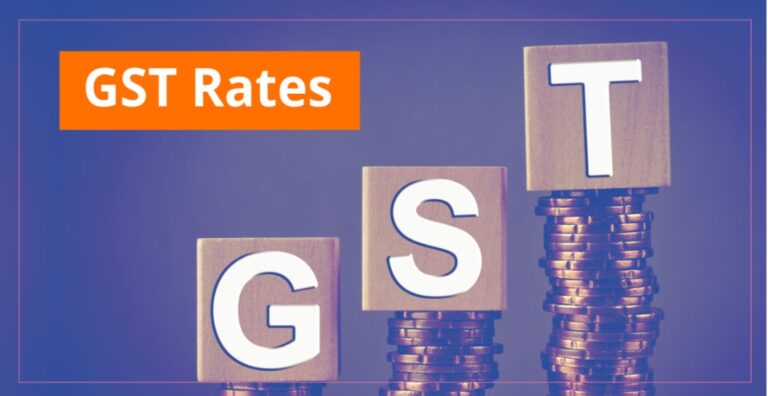In a major move to strengthen India’s economy and provide relief to the common man, Finance Minister Nirmala Sitharaman has announced significant GST rate cuts and rationalization measures. These reforms are expected to not only reduce the tax burden on households but also stimulate demand, enhance consumption, and accelerate overall economic growth.
Economic Injection of ₹2 Lakh Crore
According to the Finance Minister, the GST rationalization will inject ₹2 lakh crore into the Indian economy. By reducing the tax slabs, the government aims to increase disposable income, particularly benefiting the poor and middle-class households. This move is expected to put more money in the hands of consumers, fueling everyday spending and boosting market sentiment.
Key GST Rate Reductions
The government has rolled out major GST slab revisions to make taxation more consumer-friendly:
- 99% of goods under the 12% GST slab have now been moved to the 5% category.
- 90% of items taxed at 28% have been shifted down to the 18% bracket.
These changes are designed to ease the tax load on essential and commonly used products, ensuring that the benefits directly reach the end consumers.
Expected Surge in Festive Consumption
Industry experts believe that the GST rate cuts will trigger a robust rise in consumer demand, especially during the upcoming festive season. The government has urged businesses to pass on the tax benefits to customers, and several companies have already announced plans to reduce prices across product categories. This step is set to give a strong push to sectors such as FMCG, consumer durables, electronics, and retail.
Uniform GST Implementation Across States
The Union Finance Ministry has officially notified the revised Central GST (CGST) rates, effective from September 22. States are also expected to follow suit by updating their respective State GST (SGST) rates, ensuring a uniform tax structure across the country. This alignment will further simplify compliance for businesses and create a seamless national market.
India as a Global Capability Centre (GCC) Hub
Alongside the GST reforms, Nirmala Sitharaman also highlighted India’s rising importance as a Global Capability Centre (GCC) hub. She emphasized that GCCs are driving innovation, research, development, and sustainable growth for multinational enterprises, cementing India’s position as a global leader in knowledge-driven industries.
Conclusion
The latest GST reforms in India represent a bold step towards tax rationalization, consumer relief, and economic expansion. With lower tax rates on essential goods and the festive season around the corner, the move is expected to boost demand, support industries, and benefit millions of households. At the same time, India’s growing GCC ecosystem adds to its global economic appeal, ensuring a stronger foundation for sustainable development.
